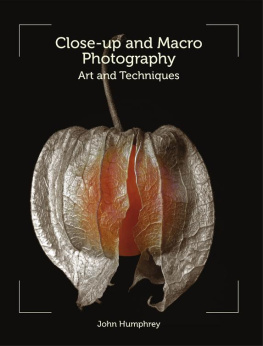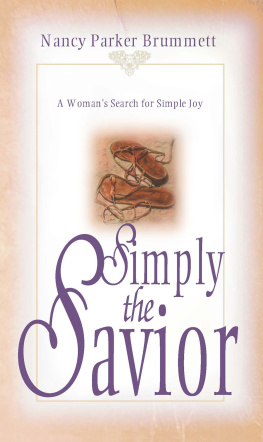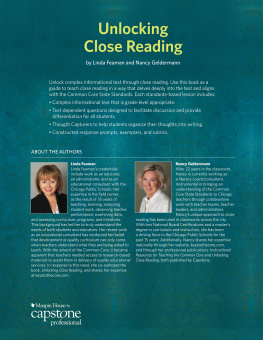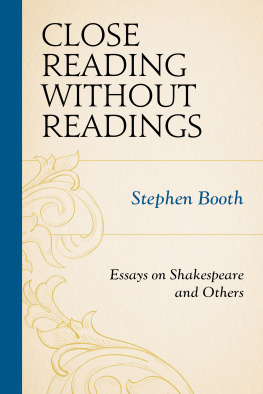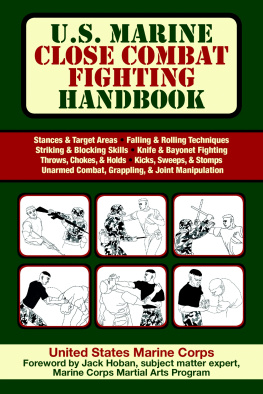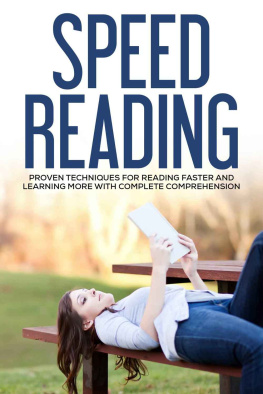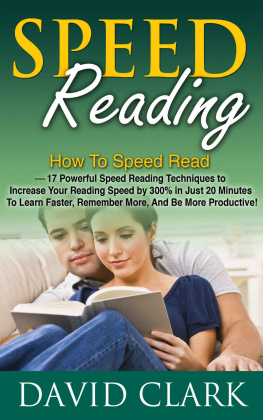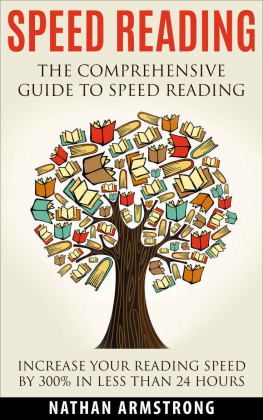Names: Brummett, Barry, 1951- author.
Title: Techniques of close reading / Barry Brummett, The University of Texas at Austin.
Description: Second edition. Los Angeles : SAGE, [2019] | Includes bibliographical references and index.
Identifiers: LCCN 2017055450 | ISBN 9781544305257 (pbk. : alk. paper)
Subjects: LCSH: RhetoricSocial aspects.
Classification: LCC P301.5.S63 B78 2019 | DDC 808dc23 LC record available at https://lccn.loc.gov/2017055450
Acquisitions Editor: Terri Accomazzo
Editorial Assistant: Sarah Wilson
Production Editor: Kimaya Khashnobish
Copy Editor: Jared Leighton
Typesetter: C&M Digitals (P) Ltd.
Proofreader: Theresa Kay
Indexer: Diggs Publication Services
Cover Designer: Dally Verghese
Marketing Manager: Liz Thornton
Brief Contents
Detailed Contents
Pages
Preface
This is the second edition of a how-to book designed largely for use in college classes. It teaches students how to see what is in a text. Therefore, in a sense, it is a book on mindfulness and noticing. I hope that you, the instructor of these courses, find it useful.
Most other textbooks of this sort directly address critical analysis. Such books may be used in courses of rhetorical or media criticism, popular culture, and so forth. Typically, these books review different kinds of methods and theories, covering Marxist, deconstructionist, feminist, and related approaches to understanding texts. I have written just such a book myself, Rhetoric in Popular Culture .
What I felt was missing from many of these otherwise fine books (and, in fact, from my own) was an approach that addressed very basic techniques of looking at a text and noticing what was there. At the same time, such an approach cannot be divorced from a concern for theory and method. Students who are grappling with a text need help, and they also need a way to connect the techniques they are learning with the larger issues of theory and method.
In this book, I have tried to develop a set of techniques that can be used across many theories and techniques. Of course, there are limits to any such an array of techniques, but my hope is that regardless of the theoretical or methodological stance being taught, students may find a selection of techniques in this book to help them connect theory and method to actual texts. In , I hail the student as a reader and a critic of texts. This chapter explains what it is to read a text and critique it. Students are encouraged to think of the many contexts in their own lives in which they can perform and then share a critical close reading.
In also explains the ethical stances and risks associated with critique and with attending to critique.
explains the technique of examining form in a critical close reading. Such dimensions of narrative as coherence and sequence, tensions and resolution, and alignment and opposition are explored. Techniques are discussed for noticing genre and personae and for teasing out the political implications of form.


